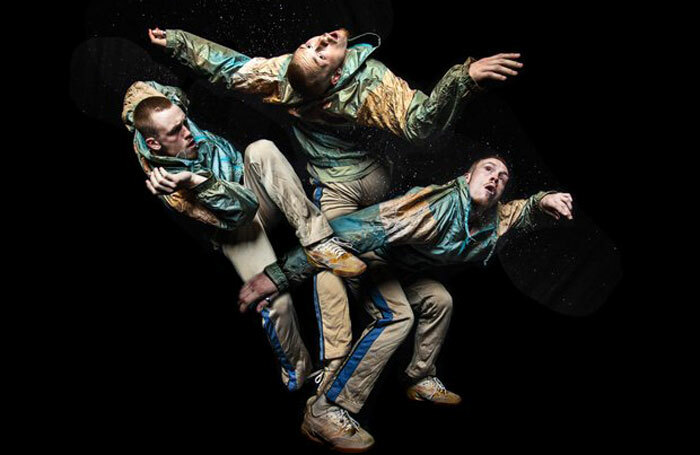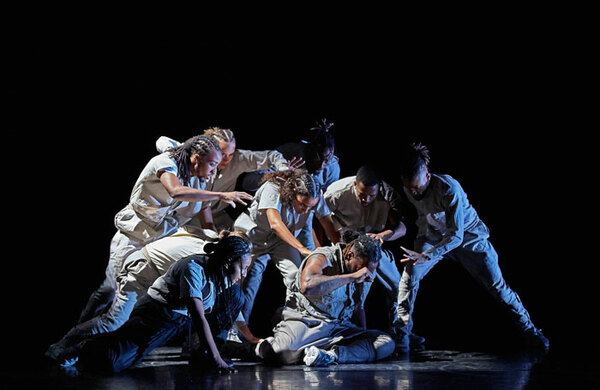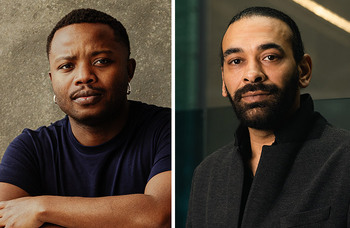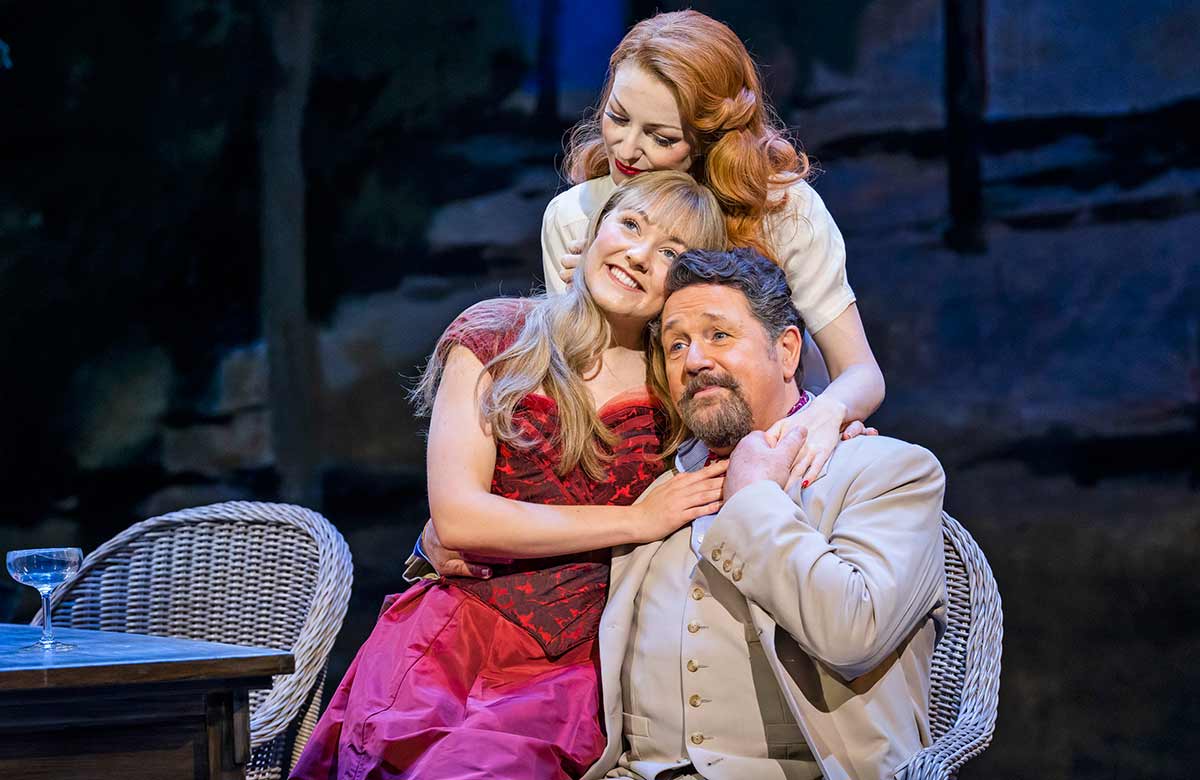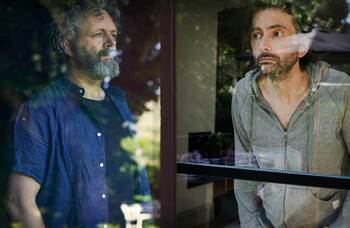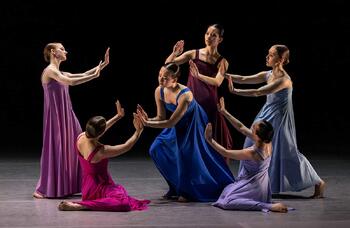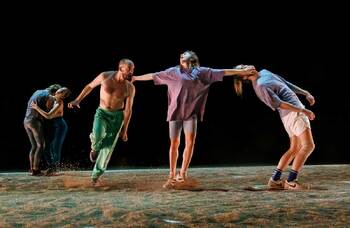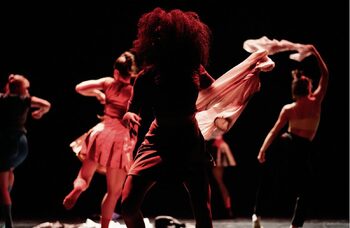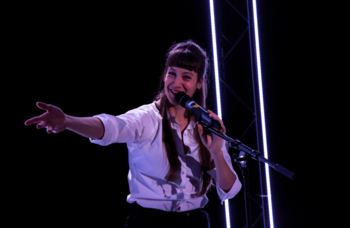Wasteland
Wasteland is a truly wonderful piece of dance-theatre: humane, politically charged, by turns funny and sad. Gary Clarke’s follow-up to his acclaimed 2016 show Coal depicts the aftermath of the miners’ strike in a northern village laid to post-industrial waste, beset by despair and anger.
It’s about how the derelict spaces left behind were transformed into secretive sites of community for the next generation’s emerging rave scene, which itself became the target of state intervention and moral outrage. Clarke’s production makes excellent use of video footage, music and song, as two brass-band players and a quartet of male singers evoke the proud, melancholy acoustic identity of a lost way of life. As a middle-aged former miner, Alistair Goldsmith is spent, slumped and staggering; his bouts of anguished movement seem wrenched from the gut.
His son (the excellent Reece Calver) escapes the malaise on his mattress, with house music thumping through his headphones. He’s physically – almost spiritually – transformed, writhing with a supple, sensual ecstasy: like Nijinsky’s famous faun responding orgasmically to a mid-1990s subwoofer instead of a forest nymph.
Clarke manages to make tightly choreographed, thrillingly watchable movement out of five people caning it in bucket hats. For all their professional athleticism, these dancers retain the feeling of blissed-out spontaneity. Their exultant exhaustion contrasts poignantly with the sagging figure of Goldsmith, still hunched in his armchair.
The sense of perennial Tory venality resonates of course, but Wasteland also speaks volumes about the transformative power of music and dance.
Coal review at the Place, London – ‘an accusatory resonance’
More Reviews
Recommended for you
More Reviews
Recommended for you
Most Read
Across The Stage this weekYour subscription helps ensure our journalism can continue
Invest in The Stage today with a subscription starting at just £7.99
